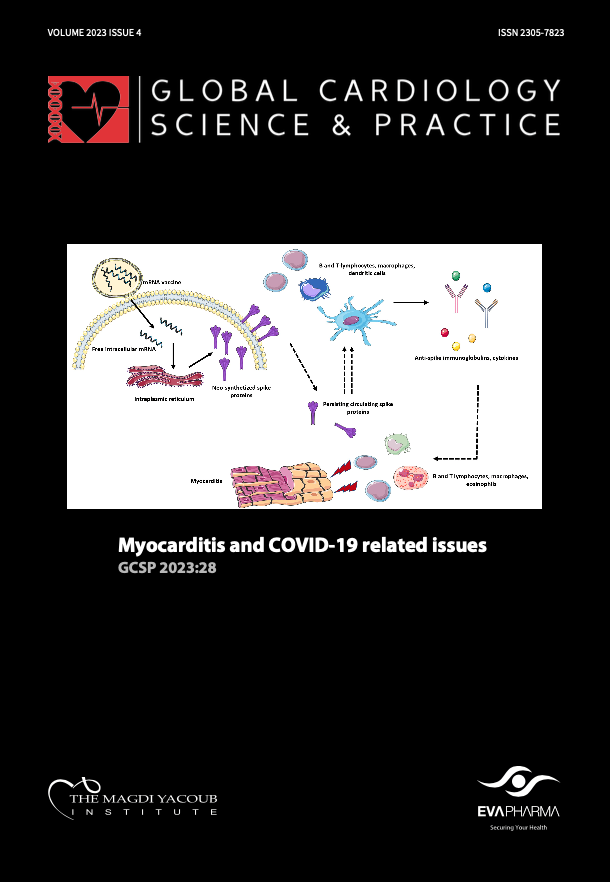Secondary analysis of REPRISE III trial: The Lotus valve's persistence after withdrawal
DOI:
https://doi.org/10.21542/gcsp.2023.30Abstract
Introduction: Aortic stenosis (AS) is the leading heart valve disease in developed countries, often caused by calcific degeneration. In low-and-middle-income countries, it's primarily due to RHD. Prevalence of AS increases with age and up to 22.8% of those affected over the age of 75. While surgical aortic valve replacement is standard treatment for AS, many older individuals are not ideal candidates. Transcatheter aortic valve replacement (TAVR) offers an alternative. The REPRISE III trial showed the Lotus valve outperformed the CoreValve/EvolutR TAVR valves in various metrics over 2 years. Despite its success and over 10,000 implantations, the Lotus valve was pulled from the market, highlighting the need to understand its long-term outcomes.
Study and results: In the REPRISE III trial, the long-term outcomes of TAVR using the Lotus valve were compared to the CoreValve/EvolutR over 5 years across 55 global centers. Of the participants, 581 (95.7%) used the Lotus valve and 285 (93.4%) used CoreValve/EvolutR. Event rates for all-cause mortality were similar between the groups, but the Lotus valve group had lower rates of disabling stroke and pacemaker implantation. The Lotus valve showed a higher aortic gradient but lower effective orifice area. Additionally, the Lotus valve had reduced mild PVL, valve...
Downloads
Published
Issue
Section
License
Copyright (c) 2023 Susy Kotit

This work is licensed under a Creative Commons Attribution 4.0 International License.
This is an open access article distributed under the terms of the Creative Commons Attribution license CC BY 4.0, which permits unrestricted use, distribution and reproduction in any medium, provided the original work is properly cited.


